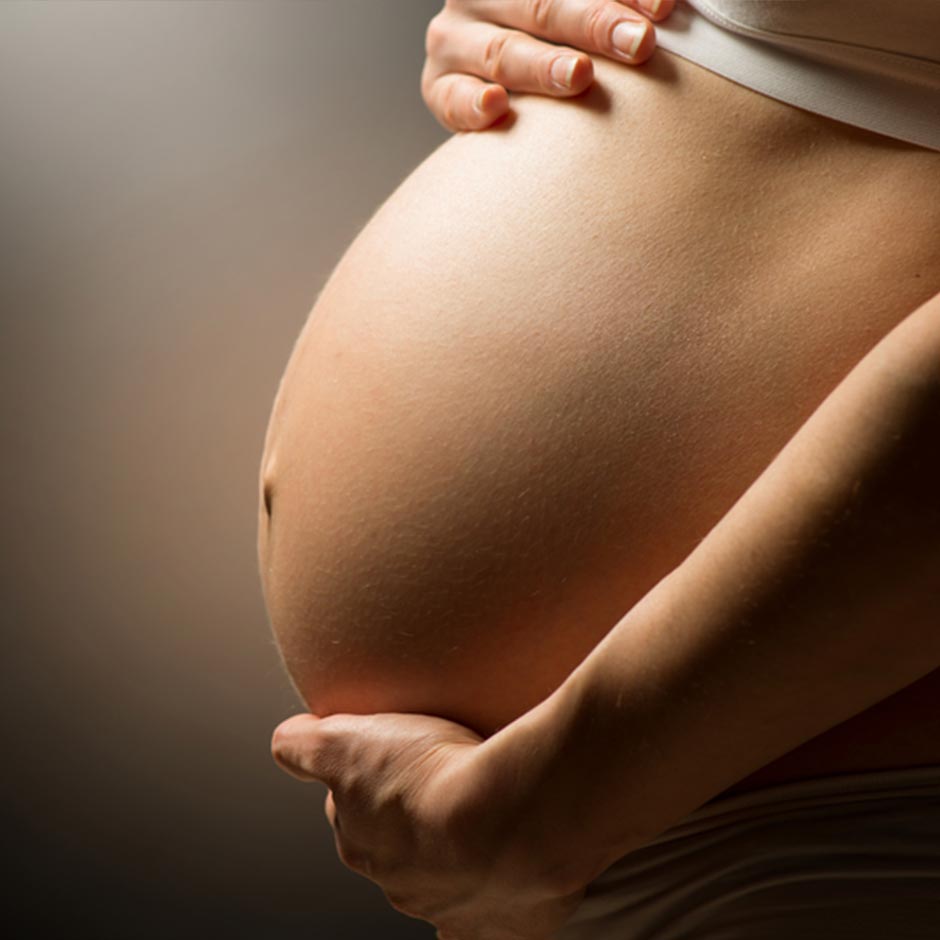Women with Endometriosis Should be Closely Monitored During Pregnancy and Birth, Study Suggests
Mar 24, 2017
Almost all pregnancy complications occurred more frequently in women with endometriosis than in women without endometriosis. These included the risk of preeclampsia, bleeding, placental abruption, placental previa (where the placenta lies low in the uterus and partially or completely covers the cervix), premature rupture of membranes (commonly known as breaking of the waters), and retained placenta after birth.
Women with endometriosis have a significantly higher risk of developing several complications during pregnancy and delivery such as preeclampsia and placental complications, according to a study by Danish researchers. In addition, babies born to mothers with endometriosis have a higher risk of being delivered prematurely, having congenital malformations and dying at birth.
“Pregnant women with endometriosis need to be increased antenatal surveillance," wrote the authors of the study that was published in the journal Acta Obstetricia et Gynecologica Scandinavica.
For the research, the team assessed complications related to childbirth and the outcome for newborn babies of women with endometriosis and compared these to women without endometriosis.
The team led by Professor Øjvind Lidegaard of the Department of Gynecology at Rigshospitalet University Hospital in Copenhagen analyzed all women, ages 14-59 and their newborn babies in Denmark between 1997 and 2014. They extracted the data that they analyzed from the Danish Health Register and the Medical Birth Register.
They identified 11,739 women with endometriosis who gave birth to 19,331 infants during this period of time. In the same period of time, 615,533 women without endometriosis gave birth to 1,071,920 infants.
Almost all pregnancy complications occurred more frequently in women with endometriosis than in women without endometriosis. These included the risk of preeclampsia, bleeding, placental abruption, placental previa (where the placenta lies low in the uterus and partially or completely covers the cervix), premature rupture of membranes (commonly known as breaking of the waters), and retained placenta after birth.
In addition, the babies born to mother with endometriosis had a higher risk of being born prematurely (before 28 weeks), being smaller at birth, being diagnosed with congenital malformations, and dying at birth.
If the mother had had surgery for endometriosis before becoming pregnant, these risks were even higher.
The authors concluded that these complications call for more intensive antenatal care in pregnant women with endometriosis.
Doctors treating women with endometriosis usually focus on reducing pain and aspects of the disease related to infertility and reproductive outcome usually receives less attention. This study underscores the importance of closely monitoring women with endometriosis throughout their pregnancy and during labor.
Research Source: http://onlinelibrary.wiley.com/doi/10.1111/aogs.13111/abstract
Pregnancy Endometriosis & Pregnancy

